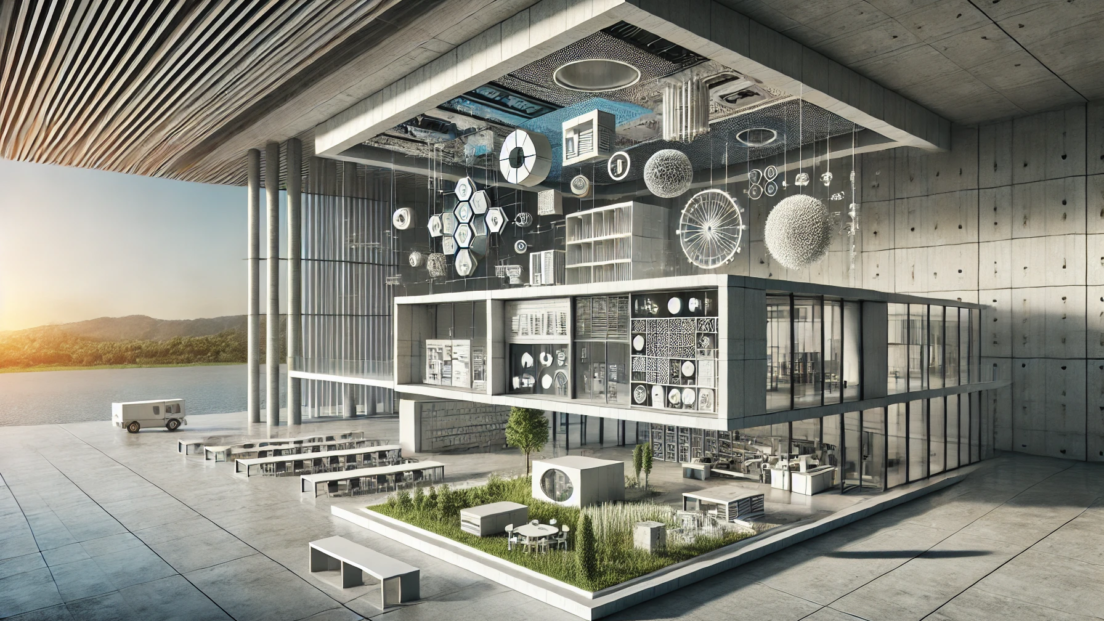Research into resource-efficient construction driven forward at NEST

The STEP2 module in the research and innovation building NEST at Empa was inaugurated on August 29. It provides a platform to test innovative, resource-efficient construction technologies, including a 3D-printed concrete staircase and a soundproof thin-rib ceiling.
The STEP2 module in the NEST research and innovation building at Empa celebrated its inauguration on August 29, Empa announced in a press release. New technologies for resource-saving construction are being tested in the new module. The approaches installed in STEP2 were developed by Empa in collaboration with research and industry partners. BASF and the architecture firm ROK were the main partners.
STEP2 features, among other things, a noise-insulating ribbed filigree concrete ceiling and a 3D-printed concrete staircase. The façade with integrated shading and controlled natural ventilation is designed as a test platform. A window element with a 3D-printed structure will be the first to be tested here. All innovations serve to reduce material and energy consumption in construction and promote the circular economy.
“At the same time, it is very important to us that we develop solutions that are marketable and actually have a future in the construction industry,” said Enrico Marchesi, Innovation Manager at NEST, in the press release. Main partner BASF wants to use STEP2 to “incorporate BASF’s broad chemical know-how into concrete, new and sustainable solutions for the construction sector in collaboration with the other partners”, explains Olivier Enger, Senior Innovation Manager at BASF. “In practice, a construction project of this kind requires close cooperation between all parties involved, from conception to implementation,” says architect Silvan Oesterle from ROK.